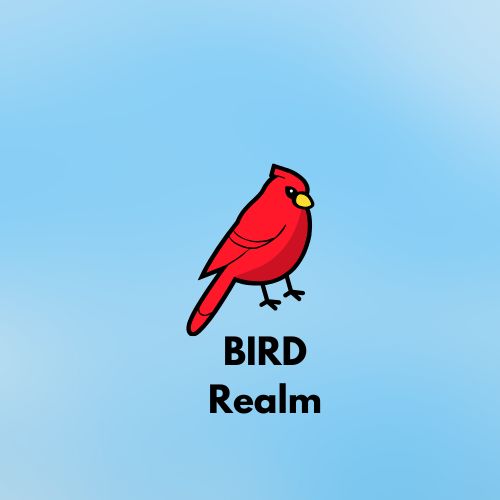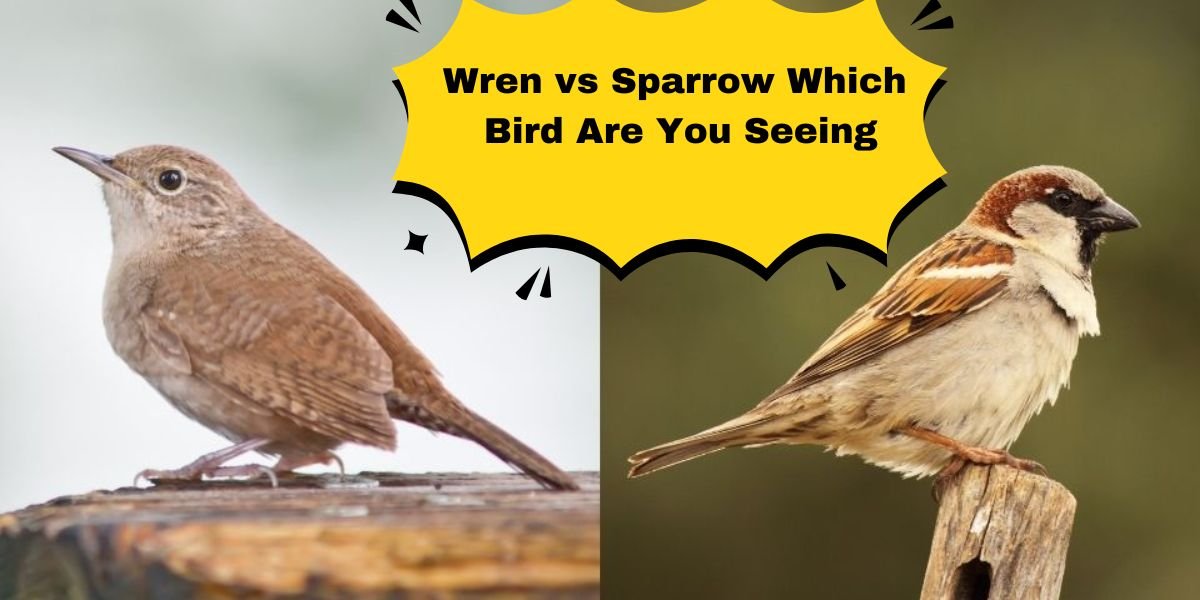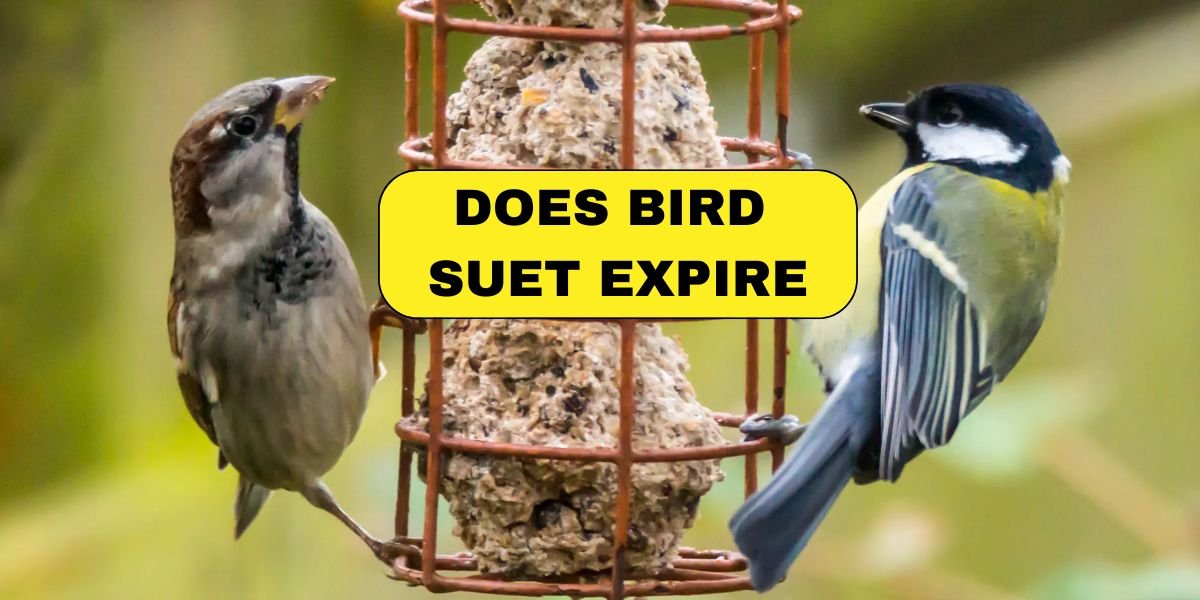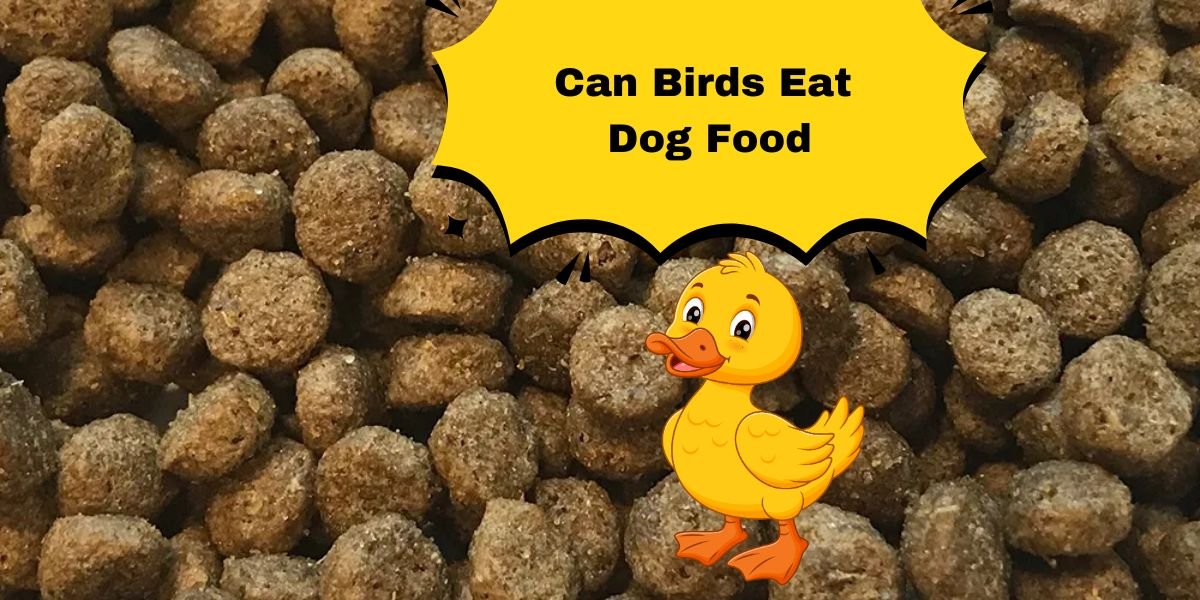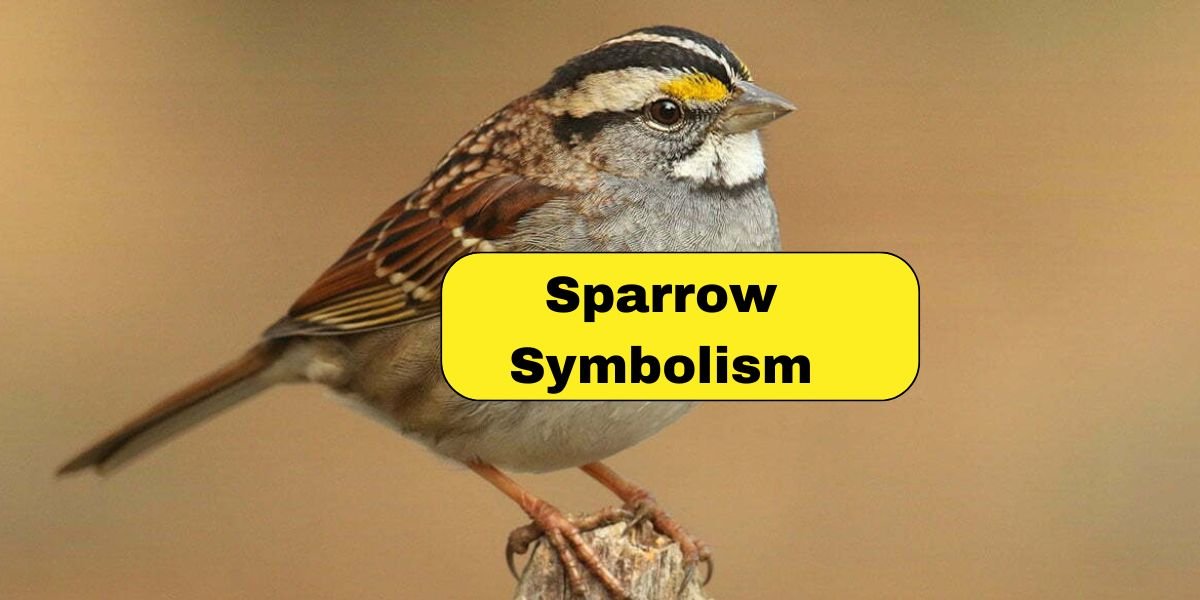Wren vs Sparrow Which Bird Are You Seeing?
Did you know that despite their similar sizes and habitats, wrens and sparrows can be distinguished by their unique behaviors and calls? In this guide, “Wren vs Sparrow Which Bird Are You Seeing?”, we will explore the fascinating characteristics of these two common backyard birds.
Understanding the differences between them is not only a fun activity for bird watchers but also enriches your appreciation of local wildlife. By the end, you’ll be equipped with the knowledge to identify these birds confidently and deepen your connection to nature.
Wrens: The Tiny Vocalists
Wrens, often overlooked due to their diminutive size, are nature’s powerhouse vocalists, filling gardens and woodlands with a symphony of sound. With over 80 species worldwide, these tiny birds showcase an impressive vocal range that can rival much larger songbirds.

Their songs are not only melodious but serve essential functions in communication—establishing territory, attracting mates, and warning of predators. wrens are their remarkable adaptability; they thrive in various habitats, from dense underbrush to urban gardens. This flexibility contributes to their widespread presence across the globe.
Sparrows: The Subtle Seed Eaters
Sparrows, often overlooked in the avian world, are remarkable seed eaters with a unique adaptability that allows them to thrive in diverse environments. Unlike their more flamboyant counterparts, these small birds possess a subtle charm that often goes unnoticed.
Their feeding habits are particularly intriguing; sparrows can consume a wide range of seeds, from grasses to wildflowers, making them essential players in maintaining ecological balance. By dispersing seeds through their droppings, they contribute to plant diversity and the health of their habitats.
Both birds share similar habitats and can be seen flitting about gardens and parks, their behaviors and physical characteristics offer distinct clues. Sparrows tend to exhibit more social behavior, often seen in flocks foraging together, while wrens are typically solitary and known for their energetic movements and distinctive songs.
Understanding these nuances not only enriches the birdwatching experience but also fosters a deeper appreciation for the roles each species plays in our ecosystem.
Key Differences at a Glance
- Size and Shape
- Behavior
- Plumage
- Song
- Habitat

Size and Shape
When observing birds in your backyard or local park, understanding the size and shape differences between a wren and a sparrow Species can enhance your birdwatching experience. Wrens are generally smaller and more compact, with a distinctive rounded body and a short, cocked tail that often gives them a lively demeanor.
Their slender, elongated bills are designed for probing into crevices to find insects, while their intricate feather patterns provide excellent camouflage among foliage. sparrows tend to have a bulkier build with broader wings and a more robust head.
Their shapes vary slightly depending on the species, but most exhibit a stout body and a conical bill ideal for cracking seeds. The subtle variations in size and shape not only reflect their different feeding habits but also influence their behaviors and habitats.
Behavior
The behavior of birds can reveal much about their environment and interactions with each other, particularly when distinguishing between species like the wren and the sparrow. Wrens are known for their lively and curious nature, often flitting energetically among dense vegetation.
Their distinctive trilling songs, which they perform with fervor, serve not only to attract mates but also to establish territory. In contrast, sparrows exhibit a more social demeanor, frequently found in flocks and engaging in communal foraging. This difference in behavior underscores the adaptability of each species to their respective habitats and social structures.
Plumage
Plumage serves as nature’s intricate canvas, showcasing the diverse adaptations and identities of avian species. For instance, when considering the wren versus the sparrow, their plumage offers a fascinating lens through which to differentiate these two birds.
Wrens often boast a more varied palette with intricate patterns, displaying browns and streaks that allow them to blend seamlessly into their environments. This camouflage is crucial for their survival, as it helps them evade predators while foraging through dense foliage.
sparrows typically exhibit a more muted yet striking coloration, often characterized by soft grays and warm browns. Their plumage is less about flamboyance and more about functionality—offering protection in open fields and urban landscapes.
Song
The distinction between a wren vs. sparrow can often be subtle, yet these two birds possess unique characteristics that make them fascinating subjects for birdwatchers and nature enthusiasts alike.
Wrens, often characterized by their melodious songs and energetic behaviors, tend to be smaller with a more rounded body and a distinct upward-turned tail. Their songs are not only beautiful but also serve as a means of communication, establishing territory, and attracting mates.
Habitat
The subtle differences in their habitats can significantly influence their behavior and interactions with the environment. For instance, while sparrows are social and often seen in flocks, wrens tend to be more solitary or found in small family groups.

This difference not only affects their feeding habits but also how they communicate; wrens are known for their complex songs that echo through dense foliage, while sparrows use simple chirps that resonate across open spaces.
Final Words
Understanding the differences between the Wren and the Sparrow adds an exciting dimension to your birdwatching pursuits. Each species showcases its own set of behaviors and adaptations, making them important players in our ecosystems.
By learning how to differentiate between these two birds Sparrows and Wrens, you empower yourself to appreciate the diversity of wildlife around you. Whether you’re a seasoned ornithologist or a casual observer, this knowledge fosters a deeper connection with nature.
So take a moment to observe the birds around you—your next encounter with a Wren or Sparrow might just inspire a newfound passion for birdwatching!
